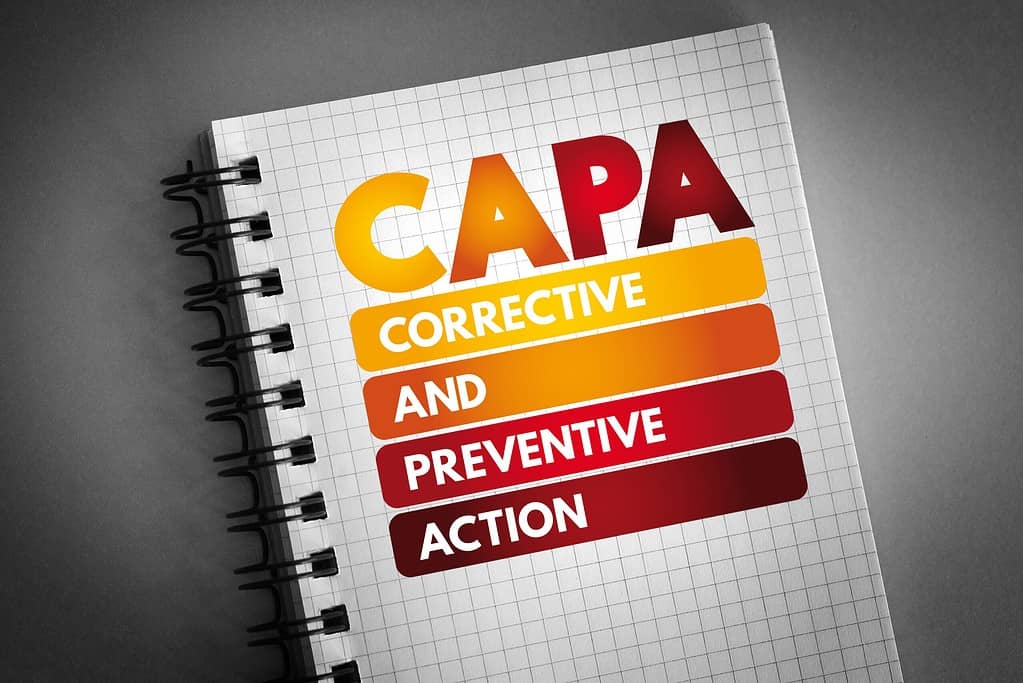Category: Concepts

Why Every SS Practitioner Should Know About Conditions
Updated:Lean Six Sigma is a process improvement methodology that uses data to identify and solve problems in business processes. One of the main tools used in Lean Six Sigma is the process flow diagram, which is used to map out the steps in a process and identify where waste occurs. The diagram can be used […]
Read more »
Controlling Causes for Effective Problem-Solving
Updated:Early on in our educational development, most of us received a simple worksheet that explained cause and effect. The importance of what causes are and the effects that come from them did not end in childhood but is important as an adult too, especially in the business world. Knowing what the causes are for the […]
Read more »
Boosting Customer Satisfaction: The Advantages of a Centralized Performance Center
Updated:Does your organization have a centralized department or function that monitors and tracks the performance of your operations relative to your customers? If you do, let’s see what it might be doing. The term “Customer Operations Performance Center” is not a widely recognized or standardized term, so its exact meaning may vary depending on the […]
Read more »
The Power of Effective Communication in Business
Updated:Good communication is one of the most important qualities to have if you want to succeed in business. For various reasons, this quality is often overlooked. None of us exist in a bubble. All of us find it necessary to communicate with others in our business lives at some point or another. Communicating well is […]
Read more »
The Journey from Voice of the Customer to Customer Requirements
Updated:This is what I want! This is what I need! This is how I want it to perform! You need to embark upon a process to take your customers’ qualitative wants and needs and translate them into specific customer requirements.
Read more »
Understanding Central Tendency: Measures and Considerations
Updated:Organizations love to talk in terms of averages. They talk about average sales, average units produced, or the average time to complete an invoice. But, is that adequate? Let’s explore other measures of central tendency and answer that question.
Read more »
Streamline Operations with a Decision Rights Owner
Updated:Businesses need structure in order to operate properly. This need for structure extends into nearly all aspects of an organization, including who holds the decision rights. In your organization, it is necessary for the procedures behind how processes and projects are implemented to be clear and definitive. Choosing the appropriate owner of the decision rights […]
Read more »
Understanding Corrective and Preventive Action: A Systematic Approach to Problem-Solving
Updated:Often organizations do a root cause analysis after a problem has occurred. Is there something you can do as a preventive action prior to something happening. Let’s learn more about CAPA. Corrective and Preventive Action (CAPA) is a systematic approach used in various industries, including manufacturing, healthcare, and quality management, to identify and address the […]
Read more »
Bugs: Guide to Detection and Prevention
Updated:Finding bugs during the testing phase of software is paramount to making sure customers receive a product that works as it is intended to.Having bugs in software is not uncommon. It is, however, extremely important to do rigorous testing to find them ahead of the release of the software or product to the public. Overview: […]
Read more »
Exploring the Requirements for Black Belt Certification
Updated:Will being a Black Belt help you beat up your competition? In a way, yes. A skilled and experienced Lean Six Sigma Black Belt will help your organization improve all you do. Let’s see how.
Read more »
Understanding Brainstorming: A Structured Approach to Idea Generation
Updated:During the Six Sigma Improvement Stage of DMAIC, you will need to develop strategies and ideas for improving your process. There are three steps to coming up with viable improvement solutions. These steps are idea generation, organization, and assessment. Brainstorming can be defined as a structured method of generating unconstrained ideas/ solutions and gaining engagement/involvement […]
Read more »
Balanced Experiment
Published:Balanced experiments are a common class of designed experiment where the factors that are manipulated are set at levels that occur equally within each level of the other factors. This setup provides several advantages, including the need for few experimental runs, lack of correlation between factors, and simplicity.
Read more »
Concept Engineering
Published:Concept engineering is how you measure twice and cut once. It’s how you learn from mistakes before you make them. This practice is a way to consider problems and possibilities that may emerge from initial design to final production.
Read more »

Exploring Box Plots: The Key to Comparing and Analyzing Data Sets
Updated:It is said that a picture is worth a thousand words. Such is the case with a box plot. This simple graph can be used to describe many things about your data. Let’s see how.
Read more »
Blocking
Published:Blocking doesn’t always refer to football. It can also apply to Design of Experiments. Let’s explore how that works.
Read more »
Bias
Published:In the context of Lean Six Sigma, we can talk about bias in the context of measurement and statistics. Minimizing or eliminating bias in your measurement data and statistical analysis should be a goal. Let’s explore the many types, sources, and impact of bias.
Read more »
Keep It Simple, Get It Right: How Check Sheets Improve Decision-making
Updated:Data collection doesn’t always have to be a complex process. A simple check sheet can allow you to capture relevant data in a graphical format for initial interpretation of your process or for in-depth analysis later.
Read more »
Chaku Chaku
Published:Is Chaku Chaku a real word or the sound of machines loading and unloading parts? It turns out that Chaku Chaku is Japanese for load load and a system of loading and unloading parts from a machine. Let’s explore this a little deeper.
Read more »
Beta Risk
Published:All decisions carry some risk of being wrong. The management of that risk will reduce your downsides. Beta risk is one of the risks associated with hypothesis testing. Let’s learn a little more about it.
Read more »
Finding Your Competitive Advantage
Updated:With any business, it is important to be able to separate yourself from the competition to gain an advantage. This can be anything from running your operations with greater efficiency to being able to differentiate the attributes of your product from those of your rivals. Having a competitive advantage and being able to maintain it […]
Read more »
How to Use Bar Charts Effectively
Updated:Bar charts are one of the most common ways to display information in a visual format, so it’s a popular choice in all kinds of media. Most business presentations have at least one of them in the mix and they are scattered throughout most high school textbooks. That’s why the ability to comprehend and use […]
Read more »
The Path to Becoming a Certified Six Sigma Black Belt
Updated:Similar to the way a Black Belt denotes a certain competency in martial arts, the Certified Six Sigma Black Belt indicates someone who has demonstrated competence in techniques and principles of Six Sigma.
Read more »
Circumstance Matters: Understanding the Importance of Context in Probability
Updated:Probability is defined as how likely a particular event or outcome is. When there is an impactful workplace event, you will likely want to examine the probability of it occurring again, whether that event is positive or negative. In order to reasonably determine future probability, one must look at the circumstances surrounding the event. Almost […]
Read more »